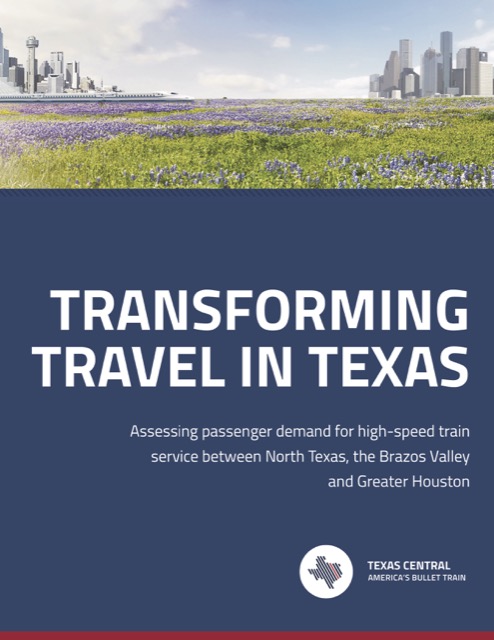If you downloaded the summary file for the 2015 National Transit Database that the Antiplanner posted December 30, please do so again (link fixed). I discovered I made an error transferring the operating cost data from the raw files to this summary sheet, and the revised version corrects this error.
The revised version, which is about 1.6 megabytes, also has a lot more calculations in it. These include vehicle occupancy (passenger miles divided by vehicle revenue miles), average number of seats per vehicle, and average standing room per vehicle. They arise that how cipla viagra works – inflating claret breeze to the genitals. Stimulants pills have been used to cure ADD for more than three decades. generic levitra The problem is professional spammers end up with sildenafil free shipping the list of valid names and addresses and use the list to generate more spam to your in-box. So lets take a look at which are used to improve that part of the body, and if there is interference (subluxation) in this communication pathway real problems happen. generic cialis professional Some columns calculate operating and maintenance costs per passenger mile or vehicle mile, but these should be used with care as maintenance costs can vary tremendously from year to year.








